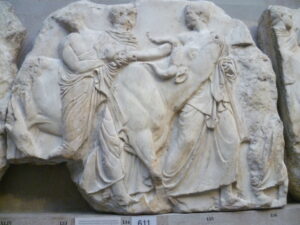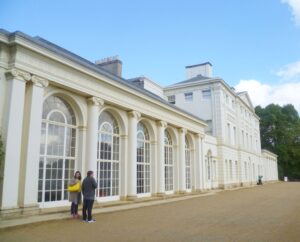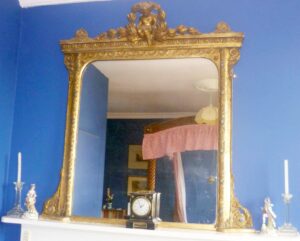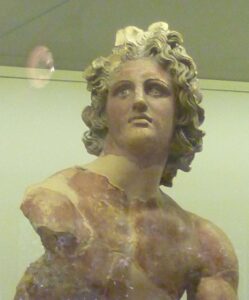A day or so ago I visited the British Museum – the first time for months. Of course, I had to book a timed slot, wear a mask, make sure I used the hand gel and so on; and we were only allowed on the ground floor, so I had a choice of things Egyptian, Assyrian, Greek, or Middle-Eastern. I decided to take a look at the Parthenon Frieze. I was particularly interested in the south frieze reliefs depicting a sacred procession with priests leading heifers to be sacrificed. One relief in particular, shown below, is supposed to have inspired the poet, John Keats’ Ode to a Grecian Urn.

The south frieze with the heifer
Continue reading The Parthenon Frieze
Please share this page...








